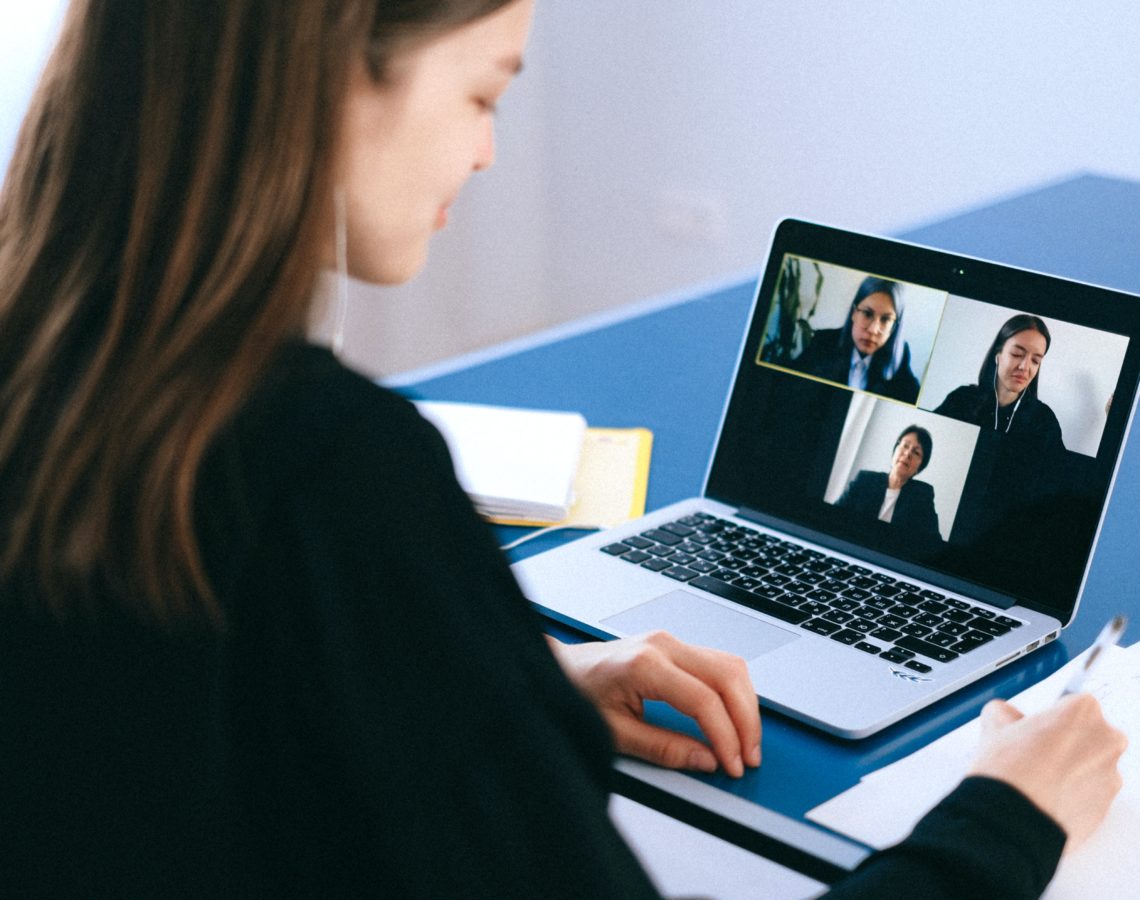Avoid the Top Nine Video Conference Interview Pitfalls

By the time you have reached the C-suite, there is a good chance you know what it takes to ace an in-person interview. But now, with a more remote and geographically dispersed workforce, organizations have become increasingly reliant on video conferencing as a key work tool. Even with regards to recruiting, this technology is being employed more and more frequently as a means to help connect managers and potential executive candidates quickly and efficiently. Compared to a phone interview, a video conference interview allows you and the interviewer to engage practically face-to-face. However, without the right preparation, video conference meetings can hurt instead of help an executive move to the next round of interviews.
Below, we share our top nine video conference interview pitfalls to watch out for from the perspective of an executive recruiter:
9. Poor internet connectivity
You can do everything right, but if you don’t have sufficient internet access (for an online video conference), you will surely frustrate yourself and the interviewer. Nothing is more painful than listening to a candidate apologize profusely about their internet connection, and it makes it hard to visualize an executive in a senior leadership position.
8. Thinking a video conference is the same as a casual meeting
You may use Skype or Zoom every day to talk to your brother in Europe, but don’t confuse your next video conference interview with a friendly chat online. The same standard interview engagement rules apply. Be relaxed but confident and buttoned up as well. Also remove any distractions, such as your dog barking, your doorbell alerts, the TV on down the hall, or family members walking through the room. Professionalism is always in style and always appropriate.
7. Overlooking your background
If you need to do a video conference interview on a laptop, be sure to preview the image that the other side will see. Make sure that your background isn’t cluttered or distracting. Either keep it neutral, such as with a blank wall, or create a background that speaks to who you are as a candidate.
6. Not spending the time upfront to address image and sound issues
If possible, test your sound and image to iron out any issues and prevent delays in starting your meeting. If you can, figure out which video conferencing tool will be used so that you can download and set it up ahead of time. And of course, make sure you are on time. Again, profuse apologizing for technical issues is never a good way to start an interview.
5. Slouching or leaning back
What would seem like a pleasant relaxed pose in person can often look like really bad posture on camera. Take a cue from your second-grade teacher and sit up straight. Having good posture and occasionally leaning in toward the camera will convey that you are interested and engaged. Similarly, try not to cross your arms or legs – these poses can portray as standoffish or defensive.
4. Thinking any lighting will do
Conduct the interview in an open well-lit space or near a window if you can – natural light provides perfect, even lighting. Avoid spot lighting, overhead fluorescent, and dim rooms, which can all be unflattering. And make sure that the light source is always in front of you.
3. Not dressing for the camera
Your video conference interview is likely your first chance to make a good impression. It goes without saying that you should dress professionally for any interview, whether it is in person or on camera. In general, it’s best to wear blue, black, gray, or white in solid colors or as the main color in your outfit. Also avoid ‘statement’ jewelry or large, shiny pieces, which can pick up glare from your lighting and be distracting.
2. Not adjusting the camera position
If you are using a laptop to do a video conference, try placing it on a stack of books so you are not looking down on the laptop’s camera. Position the computer so that you are centered on the screen and looking up slightly at the camera.
1. Looking at the picture and not the camera
It’s hard not to look at the face you see on the computer (or your own face) while you are talking). However, if you want to present the most professional and commanding image, try to focus your gaze at the camera. It will come across that you are looking your interviewer in the eye. This takes some practice, but it is well worth the effort.

